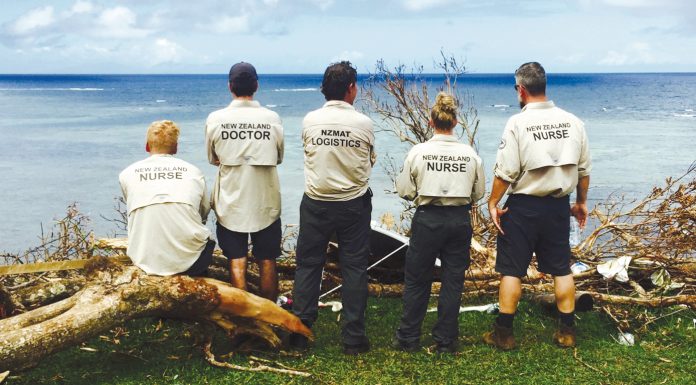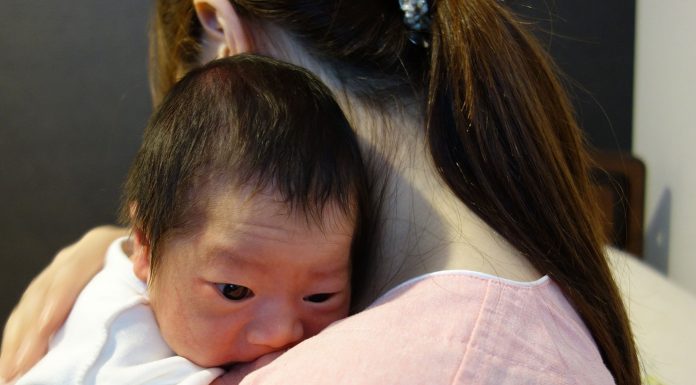Poor use of oxygen therapy for a patient with severe respiratory failure highlighted weaknesses in respiratory protocols, doctor communication and nursing care, a Health and Disability investigation has found.
Health and Disability Commissioner Anthony Hill today released a report finding the Bay of Plenty District Health Board, two registered nurses and a doctor in breach of the Code of Health and Disability Services Consumers’ Rights (the Code) for the care they provided to the 83-year-old patient.
The man, with a history of severe end-stage chronic obstructive pulmonary disease (COPD) with pulmonary hypertension, was referred to the DHB’s ED in 2015 by his GP “feeling terrible” and with low blood oxygen levels (an SpO2 of 75 per cent). He was commenced on bi-level positive airway pressure (BiPAP) therapy and was transferred to a general medical ward where he died four days after presenting at ED.
Because of the patient’s COPD, which put him at risk of hypercapnia due to the retention of too much carbon dioxide, a respiratory consultant instructed that the patient continue with BiPAP and his SpO2 levels should be maintained between 88-92 per cent. A medical registrar (Dr G) later changed this instruction to maintaining the patient’s SpO2 levels between 85-92 per cent but did not record any instruction about what alternative oxygen delivery system was appropriate if the COPD patient was unable to tolerate BiPAP therapy.
The HDC investigation found that the communication of the BiPAP plans were at times ambiguous and that nursing staff from time to time removed the patient’s BiPAP, which a nurse advisor told the inquiry was reasonable as patients could struggle within the confines of the BiPAP’s tight face mask and short breaks were not uncommon. But two nurses had discontinued the man’s BiPAP for long periods on occasion without consulting medical staff. They had also appeared not to understand that the patient had been prescribed BiPAP because of his COPD and as a result had used other oxygen therapy options – like a non-rebreather mask – which put him at risk of carbon dioxide retention.
BOPDHB’s Oxygen delivery systems and guidelines for adult use in force at the time stated that standard oxygen masks and non-rebreather masks should be used on patients without COPD, and that Venturi masks should be used for patients with COPD with a history of carbon dioxide retention.
A doctor had also prescribed clonazepam to help the patient tolerate BiPAP therapy but one of the nurses believed it had been prescribed to relive the patient’s distress and anxiety related to his end-stage respiratory failure.
The report noted that the transfer of the patient to a side room and his poor prognosis had also lead to nursing staff interpreting that his care was focused on maintaining comfort rather than reversing his acute chronic respiratory failure.
Hill found that the DHB failed to ensure that the man received an acceptable level of care and noted that:
- staff inappropriately utilised oxygen delivery systems
- the man was administered oxygen therapy despite his SpO2 levels being higher than the upper limit prescribed by the medical team
- nursing staff failed to appreciate that the man had been prescribed BiPAP because of his hypercapnic respiratory failure
- the management plan for the use of BiPAP was not communicated to nursing staff effectively
- the nursing staff did not inform the medical team when they struggled to maintain the man on BiPAP, or when the man’s observations indicated the need for a medical review
- the medical staff made decisions without consultation with more senior staff, and did not seek more senior medical input when indicated
- the oxygen delivery protocol did not contain guidance about the use of high-flow oxygen in patients, and the non-invasive ventilation (NIV) protocol had conflicting information about starting pressures.
Breaches of Code
Hill found that RN D and RN C both failed to provide adequate levels of care for the patient on oxygen therapy and that the medical registrar Dr G failed to specify the correct blood oxygen levels or record what alternative oxygen delivery system to use if BiPAP treatment was not tolerated.
RN D told HDC that she had made a number of changes to her practice including improving her clinical documentation, making more frequent observation, promptly reporting patient deterioration and assessing whether a respiratory nurse specialist should be consulted when a new patient is admitted.
RN C told HDC that she had now completed further training on the use of BiPAP and ensures she now has access to appropriate oxygen delivery devices (including Venturi masks) to ensure a better control of the delivery of oxygen and reviews patient notes to identify risks.
Dr G told the HDC that he had only been a registrar for a month at the time of the events and was “affected by the attitude among certain registrars in the department that registrars should be competent and self-sufficient, hence able to ‘handle’ problems without always involving the consultant”.
He said he didn’t specify the type of oxygen delivery device to use if BiPAP was not tolerated as he expected that all acute medical nurses would have undergone appropriate training to manage patients requiringBiPAP, and also would have been trained to use only low-flow and controlled oxygen delivery devices in such patients to avoid hypercapnia.
Hill recommended that Bay of Plenty District Health Board:
- consider whether a guideline on prescribing sedation for patients treated withnon-invasive ventilation would improve safety
- review the nurse-to-patient ratio in the respiratory ward and the availability of monitoring equipment and facilities
- review and supply HDC with details of the training provided to nursing staff regarding the management of non-invasive ventilation and patients at risk of hypercapnic respiratory failure
- provide further education to clinical staff on the importance of accurate and detailed documentation
- include information within the training and induction material that the asking of questions and reporting of concerns is expected and accepted from all members of the multidisciplinary team.
The Bay of Plenty District Health Board told HDC that it made a number of changes after carrying out its own review of the 2015 events, including that patients who require BiPAP are now transferred to either the High Dependency Unit (HDU) or the respiratory ward and no longer go to medical wards.
It had also developed a resource tool that provided information regarding the types of oxygen delivery devices available and guidelines for selection of appropriate devices.
In addition, nursing staff had received training on the use of nebulisers (including air-generated nebulisation), and education on oxygen device selection and the new oxygen delivery resource tool has been added to the organisational training calendar.
The full decision can be read here.





















